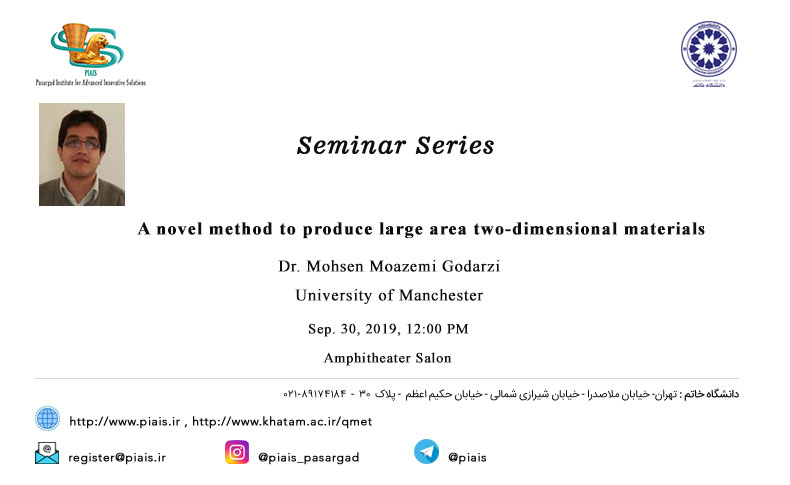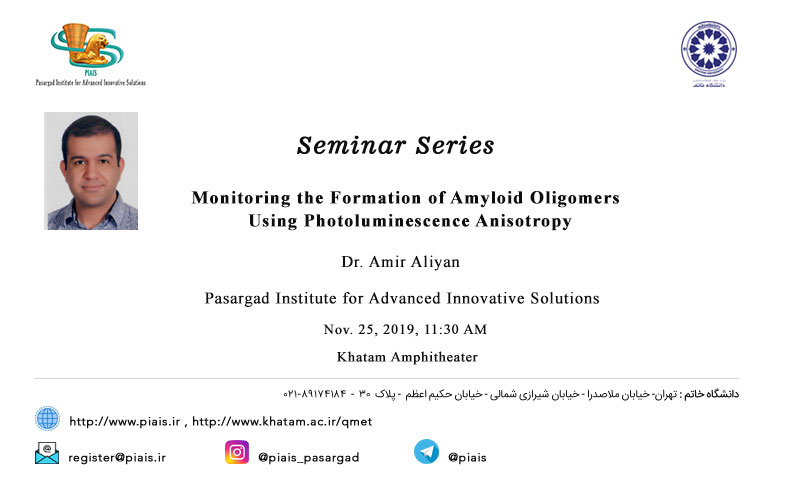
A novel method to produce large area two-dimensional materials
Solution-processable two dimensional (2D) materials are promising candidates for developing large-area thin film electronics. Layered materials consist of a broad spectrum of materials from insulators to metals. However, Exfoliation of layered materials into thin flakes with controlled thickness and lateral size and minimal damage to crystal structure is a challenging task. State-of-the-art liquid phase exfoliation techniques often results in flakes with lateral size below one micron, which degrades the final performance of the materials and devices made from them . Here, we realize the potential of strong inorganic acids for intercalation and exfoliation of layered materials, and to prepare dispersions containing large few-layered flakes of hexagonal boron nitride (hBN), graphene, and MoS2. Specifically, the above mentioned layered materials can be intercalated and exfoliated in chlorosulfonic acid. However, this ability only held in very acidic media, making further processing challenging [3]. To tackle this problem, the layered materials were functionalized by introducing a third agent (i.e. pyrene) in the acid. The pyrene molecules acted as a stabilizer on the exfoliated flakes dispersed in the polar solvents. This process helped to increase the exfoliation yield of the few-layered hBN, graphene, and MoS2 by more than an order of magnitude compared to the liquid phase exfoliation of these materials in the same solvents . This process produces mostly thin (below 10 layers) yet large area flakes (as large as 400 µm2), which outperforms the typical methods for exfoliation of layered materials. The large size of the produced flakes helped to unambiguously characterize them as they were easily visible under an optical microscope (Figure 1).
Relations Post

2020, January, 20
Cosmic Bell Test Using Measure...
In 1964 John Stewart Bell presented an inequality that was able to test the validity of quantum mechanics against local realist models. The inequality states that any theory that satisfies...
Learn More
2020, January, 07
Monitoring the Formation of Am...
The formation of oligomeric soluble aggregates is related to the toxicity of amyloid peptides and proteins. In this manuscript, we report the use of a ruthenium polypyridyl complex ([Ru(bpy)2(dpqp)]2+) to...
Learn More
2020, January, 07
Opportunities and Challenges f...
Due to the importance of chemistry in different industries, protecting the environment, preventing the destruction of natural resources, and creating a healthy and natural life have emerged as important components...
Learn More